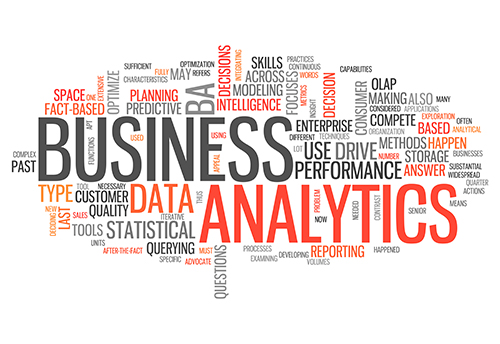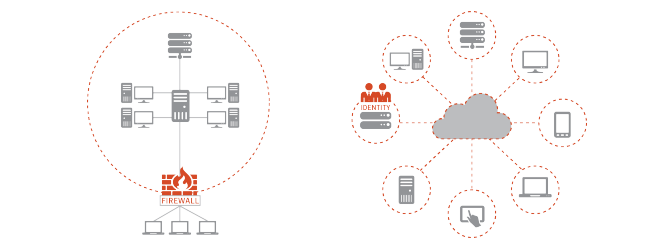Do you beleive that ? “Physical retail will still exist, but it will need a good reason to exist.” so said Dunkin’ Brands.
But maybe especially when looking at how internet and technology continue to have a huge wide-spread connecting people and being embraces more and more by people, so does my interest in engaging in an online marketing increases. this is irrespective of whether i want to buy or sell something. The internet makes it look so much easier. E-commerce today is largely adopts due to products price and convenience. But then as time changes so does my need of having new and more easy way for life living increases. According to Ovum 2015, “by 2026, instant gratification will have come to mean something more sophisticated than a quick fix. It will have evolved into expectations of a seamless shopping experience across an increasing range of connected devices, in which immediacy and convenience are paramount”.The future of e-commerce aims at having an instant access and fast delivery in the nearest future, but that alone doesn’t seems to be ok. Consumers then will be in need of having a virtual environment integrated with the real one that will make the online shopping experience looks as a real event. This will translate into interactive, highly engaging online and real-world retail environments making Augmented Reality (AR), mobile and wearable devices plays a key role in it.
 With UK as the most advanced market for click-and-collect models today, online retailers will only establish a physical store to support the showcasing of brand and private-label products. For many retail sectors, physical retail space will include more manufacturers and private-label retailers increasingly looking to showcase products and build brand awareness directly with consumers, with less emphasis on “take home” product transactions. A good example is the Samsung , creating a network of Samsung Galaxy products showcase with the aim of creating more awareness, give the customers a real feel and also serve as a pick up point. A further partnerships is expected to be made in order to allow Internet-based retailers to build up physical collection points foreseeing non competing physical retailers collaborating to allow the collection of each other’s products in each other’s stores. This will allow retailers to maintain a virtual geographic presence despite the need to reduce their own physical store networks.
With UK as the most advanced market for click-and-collect models today, online retailers will only establish a physical store to support the showcasing of brand and private-label products. For many retail sectors, physical retail space will include more manufacturers and private-label retailers increasingly looking to showcase products and build brand awareness directly with consumers, with less emphasis on “take home” product transactions. A good example is the Samsung , creating a network of Samsung Galaxy products showcase with the aim of creating more awareness, give the customers a real feel and also serve as a pick up point. A further partnerships is expected to be made in order to allow Internet-based retailers to build up physical collection points foreseeing non competing physical retailers collaborating to allow the collection of each other’s products in each other’s stores. This will allow retailers to maintain a virtual geographic presence despite the need to reduce their own physical store networks.
One of the key conditions for success for retailers in 2026 will be their ability not only to keep track of users across a growing number of devices and touchpoints, but also to figure out how to effectively measure which of those are most effective at driving sales. By 2026, the proportion of sales fulfilled in store that were ordered online will be such that the emphasis on how to up sell collecting customers will be of much greater importance than it is now. Despite the reduced costs of operating online, the cost of fulfillment has made even the largest players struggle to turn a profit. The retail winners of 2026 will be those that can get goods to consumers the fastest and most cost-efficiently. The largest players will invest in their own delivery systems in order to gain differentiation, as Amazon has already done.

References:
Ovum (2016) Available at: http://www.criteo.com/media/4094/ovum-the-future-of-e-commerce-the-road-to-2026.pdf (Accessed: 21 June 2016).
Walsh, M. (2016) The future of e-commerce: Bricks and mortar. Available at: https://www.theguardian.com/business/2016/jan/30/future-of-e-commerce-bricks-and-mortar (Accessed: 21 June 2016).




 Ethical issues in IS have been in need of high concentration mostly with the rise of Internet and E-commerce. Internet and digital firm industries make it easier than ever to gather, process, and distribute information, developing new approach on the appropriate use of customer information, the protection of customer privacy, and the protection of intellectual property. Hackers with exceptional knowledge can “fool” the IS by submitting deceptive records, and side tracking cash, on a scale unimaginable in the pre-computer period. Other important ethical issues caused by IS include establishing accountability for the consequences of IS, setting ethics to protect system quality that protects the safety of the customers and organization, and preserving values and institutions considered essential to the quality of life in an information society. When using IS, it is necessary to ask, “Who will be to ask when there is an ethical and bridge of privacy issue with the organizational IS?”
Ethical issues in IS have been in need of high concentration mostly with the rise of Internet and E-commerce. Internet and digital firm industries make it easier than ever to gather, process, and distribute information, developing new approach on the appropriate use of customer information, the protection of customer privacy, and the protection of intellectual property. Hackers with exceptional knowledge can “fool” the IS by submitting deceptive records, and side tracking cash, on a scale unimaginable in the pre-computer period. Other important ethical issues caused by IS include establishing accountability for the consequences of IS, setting ethics to protect system quality that protects the safety of the customers and organization, and preserving values and institutions considered essential to the quality of life in an information society. When using IS, it is necessary to ask, “Who will be to ask when there is an ethical and bridge of privacy issue with the organizational IS?”